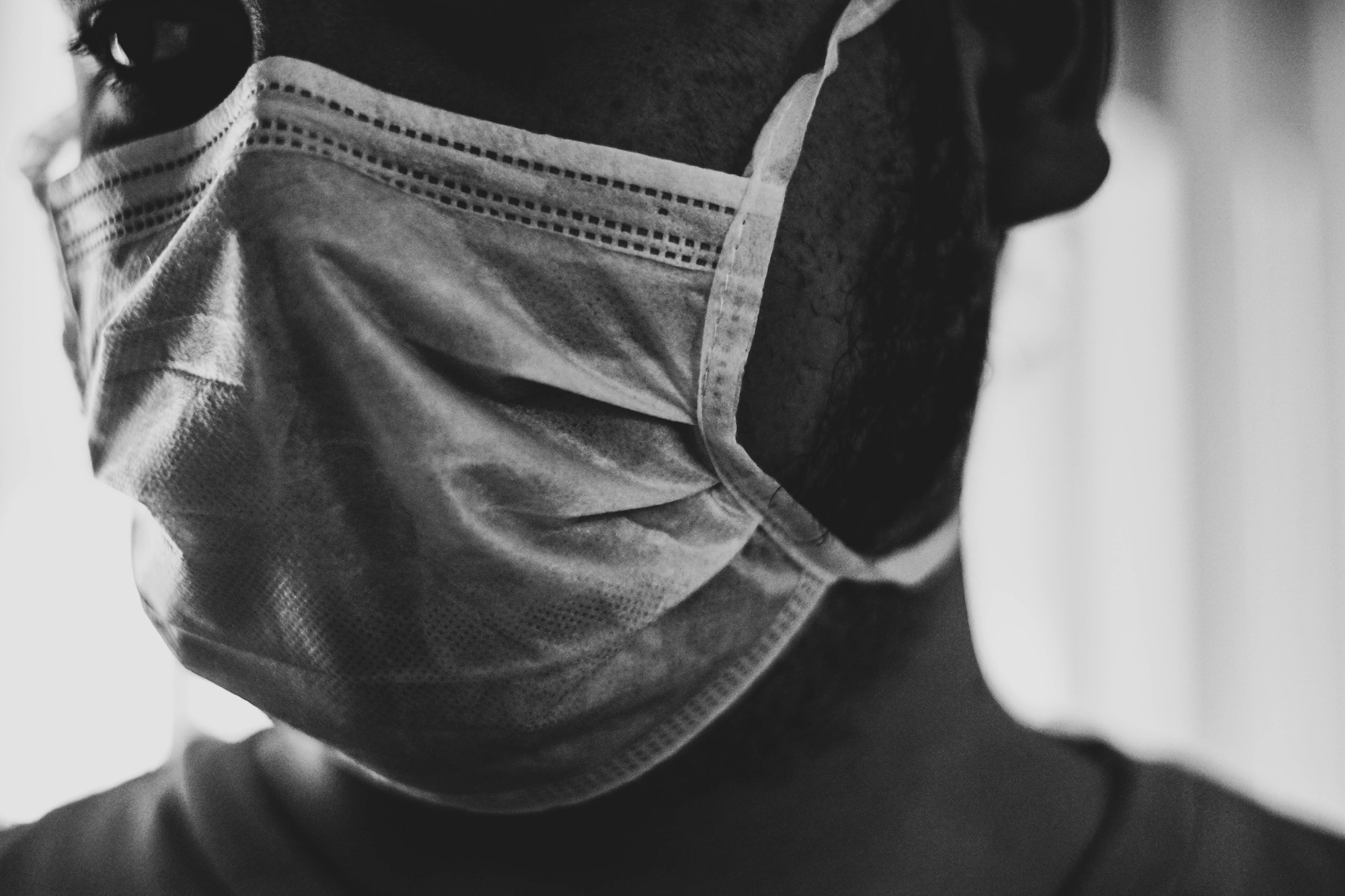
The Impact of COVID-19 on CAD Patient Management
Like many of you I expect, I have been thinking quite a bit about how providers can best triage and manage patients with suspected coronary artery disease (CAD) during this incredibly difficult time of COVID-19. Based on the statistics coming out of Wuhan, China, we know that more than 40% of COVID-19 patients have cardiovascular disease.1 We also know of course that CAD isn’t going away. In fact, while more than 3,000 people in China have died to date from COVID-19, it’s been reported that approximately 5,000 people are dying daily due to ischemic heart disease in China.2
As I’ve been talking to many of you over these past few weeks, I realized all are grappling with the same questions, including:
- How to best care for cardiac patients in light of COVID-19?
- Amidst this surge of COVID-19 patients, what is the best approach for determining if stable CAD patients need to be revascularized or can be safely managed with optimal medical therapy?
- What protocols should teams be putting in place to help limit exposure to both patients and the care team?
- For those whose practices and hospitals haven’t been hit hard yet with COVID-19, what can be done to best prepare?
- How will COVID-19 change the management of cardiac patients and the practice of medicine in the future?
To address these critical questions, we convened a panel of esteemed experts for a webinar. The panel included Drs. Michael Poon and Michael Kim from Northwell Health’s Lenox Hill in NYC, who shared their first-hand experience being in an epicenter of the pandemic; Dr. Fred Welt from University of Utah, who was lead author on the ACC/SCAI guidance on considerations for the cath lab; and Dr. Geoff Rose from Sanger Heart & Vascular Institute, who provided important insights from an overall healthcare system perspective. Here’s what I learned:
- Everyone needs to be on the same page. As Michael Kim commented for their team at Lenox Hill, they were clear from the beginning that they could not afford to waste any beds or resources. Practically, this meant that if they had any concerns about cardiac risk, CCTA was the only option, and this was made clear across all departments and team members. With CCTA, they believed they could efficiently assess anatomy and confirm presence of disease, and then use FFRCT to risk stratify patients. This way they didn’t need to run multiple tests or use additional resources, and it helped reduce risk of exposure for both patients and staff.
- CCTA is a preferred option for optimizing efficiency. All of the panelists agreed that CCTA is an important tool for risk stratifying patients and freeing up resources. Michael Poon summarized that at Lenox Hill, they have shut down their nuclear lab, as CCTA is felt to be the fastest, most accurate and non-invasive test they can use to rule out coronary disease, and they don’t need to keep patients in the hospital unnecessarily. Additionally, Geoff Rose commented that CCTA allows them to triage patients rapidly. This rapid triage was recognized as important before COVID-19 but they could get by without it. Now they cannot.
- Be extra critical in determining who needs to go to the cath lab. Fred Welt commented that a significant proportion of COVID-19 patients will have high troponins. Elevated enzymes alone are not enough of a reason to send a patient to the cath lab. He stated that they need corroborating evidence, such as a CCTA, to clarify cardiac issues and prevent unnecessary procedures, which can reduce risk and exposure for both patients and staff. Additionally, taking patients to the cath lab requires PPE for multiple personnel, so preventing unnecessary procedures can help conserve these critical resources.
- Be mindful of the operational impact. There are a number of operational considerations, ranging from how one cleans the CT scanner, to reducing exposure for patients and staff. Michael Poon commented that they assume every patient is COVID-19 positive, so everyone wears PPE and they completely sanitize equipment before and after each scan. Additionally, Geoff Rose pointed out that healthcare has historically been slow to adopt new channels and common-sense changes, but now in the face of a pandemic, they are being forced to adopt these changes in real time. At Sanger, they are now having 500 virtual visits a week and it’s working. This approach allows them to protect staff and patients, not use PPE and most importantly, patients are satisfied.
- A pandemic exposes all the weaknesses and inefficiencies of our system. How we respond will be critical. As Geoff Rose summarized: A crisis like this pandemic forces us to identify quickly what actually works – not what could work theoretically. Let’s reexamine what tools we can reduce and expand use of during this time. That should inform us what is really important and the right thing to be doing during this critical time and in the future.
If you would like to listen to highlights from the webinar, you can find them here. Best wishes to all of our colleagues for health and safety!
Note: The comments have been paraphrased for clarity and are not direct quotes.
— A perspective from HeartFlow Chief Medical Officer, Campbell Rogers, MD
Bio | LinkedIn
1. Chen, et al., The Lancet, 2020
2. Jones, D., NEJM, 2020.





